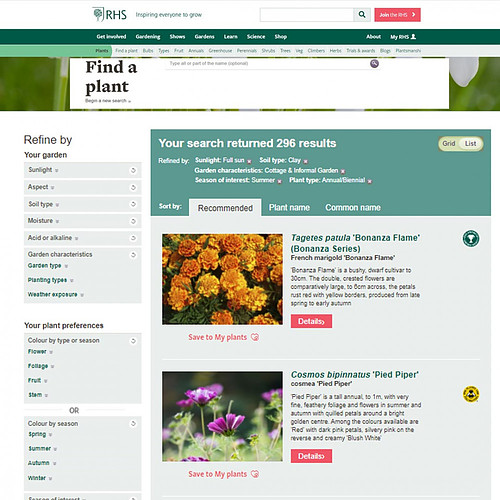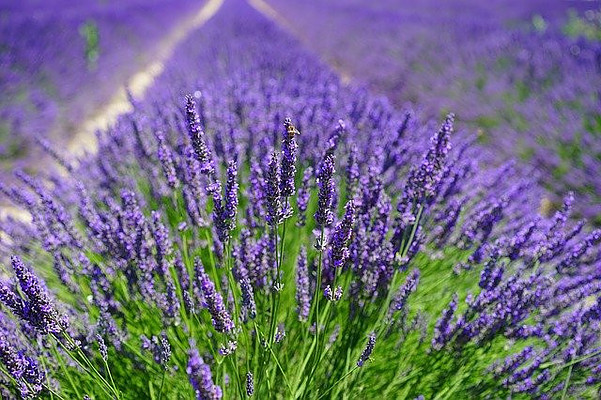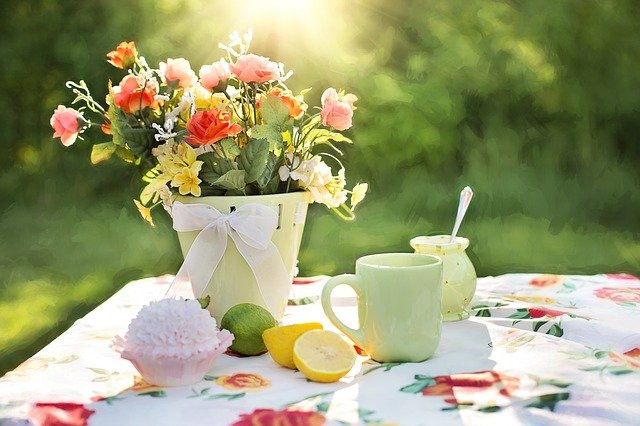There are many reasons why you might want to grow flowers in your outdoor space. Seasonal bursts of colour and fragrance can instantly lift your mood and completely transform the feel of your garden. However, with the vast array of flower species available, it might seem a little overwhelming when deciding what to plant and where. In this article, we’re looking at some of the things you’ll need to consider, so let’s get creative and start designing a flower garden that will thrive in your space.
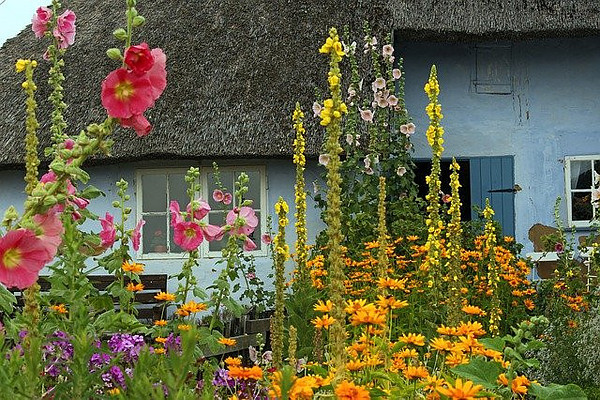
Before You Start
Examine the Space
Whatever magnificent displays you might be visualising, it’s worth remembering that flowers, like all plants, will need the right conditions in order to thrive. You really don’t want to spend time planting up your garden with flowers that aren’t going to survive! Let’s look at some of the things you’ll need to consider…
Soil Type
There are 6 main types of soil as follows: Clay / Sandy / Silty / Peaty / Chalky / Loamy. Besides this, it’s also useful to know the pH value of your soil – usually somewhere between 1 (acid) and 14 (alkaline). Many flowers will suit a fairly neutral level around 6.5 – 7.5 but some are a bit more fussy. Your flowers are unlikely to survive in the wrong soil type, so it’s worth getting it right.
Aspect
How much light will there be in the space? Many flowers will like full sun for most of the day or at least only partial shade. If you plan to grow flowers in a very shady area then this might still be possible, but you’ll be looking at a much more restricted choice. It’s also worth noting whether the site faces North / South / West / East and whether it’s sheltered or exposed.
Climate
Although your flowers might not bloom until the weather warms up, they’ll still need looking after while they’re growing. Think about typical temperatures where you live and, in particular, find out when the average last frost date is in your area. Plants labelled as being ‘hardy’ tend not to mind the cold but less hardy seedlings might need protection while they’re getting established.

Non-hardy plants can be protected from frosts with garden fleece or even grown in a greenhouse or cold frame before planting out.
Flower Selection
When considering flowers for your display, the natural tendency is to get carried away with the aesthetics – colours, shapes, size etc… But having identified the conditions where your flower garden is to be, it’s worth first making a short list of all the flowers that’ll grow happily in your space to avoid disappointment later on.
Which Flowers Will Work for You?
Now, if you’re like me and have limited knowledge in this area, it might be worth doing a quick google search for suggested flowers that are suited to your climate, aspect and soil type. It might also be worth a chat with an expert at your local garden centre. Here in the UK, there is also an amazing and free online plant finder tool from the Royal Horticutural Society (RHS).
The RHS plant finder tool is a great place to start
When Will the Flowers Bloom?
When narrowing down your flower selection, try to also note down when the flower will be in bloom and whether it’s an annual (flowers in first year and then dies), biannual (flowers in second year and then dies) or perennial (grows and flowers for many years). Of course, you can start to think about colour and style while going through this process, but the main objective is to figure out which species are going to thrive in your space and also when they flower and for how long.
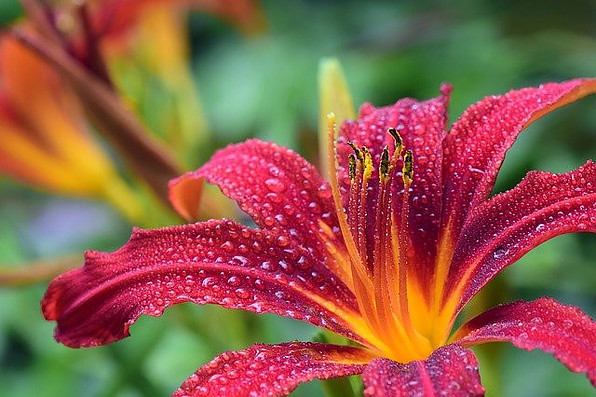
Choosing a Theme
Now you have a short-list of flowers that will thrive in your space, it’s time to get creative!
You might like to come up with an overall theme for your flower garden and choose flowers to create an certain effect. For example, you might like to create a mini tropical paradise. Or perhaps a cottage garden is more your style? Will you use large specimen plants or plant in beds of colour. If you’re stuck for ideas, think about the visible landscape and any nearby architecture. What kind of planting would lend itself to the scene?

Identifying a theme for your flower garden will help you to make decisions about colours and species.
Using Colours
There are various technical theories about colour science and what works best but, ultimately, it will depend on you and your space, as different shades will affect how it feels. Here are a few ideas to get you started…
- Dark shades create a calm and serence atmosphere and can help a smaller space seem bigger
- Bright shades such as reds and oranges will create more of a fun, festival vibe but can make a space feel smaller.
- Opposite / Complimentary Colours can work very nicely (e.g. orange and blue / red and green / purple and yellow) and produce a balanced yet striking look.
- Triads – groups of 3 complimentary colours spaced evenly from around the colour wheel to create a natural vibrance.
- Analogous colours means using adjacent colours from within a small section of the colour wheel for a calmer, more harmonious feel.
- Monochrome colour is a method that can make a very bold, clean statement and uses a single base colour, sometimes in various different shades.
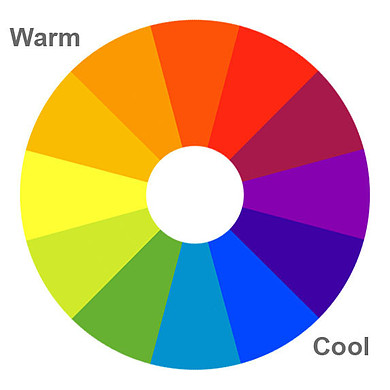
You might like to use a colour wheel to help choose your colour scheme.
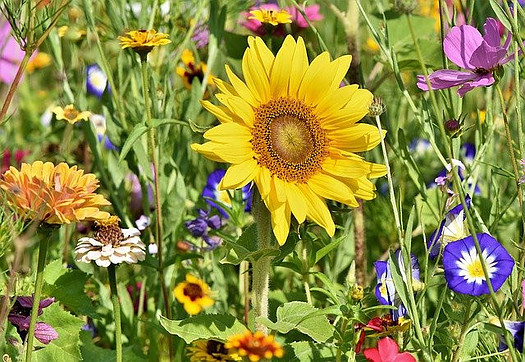
Using Form
Flowers come in all kinds of shapes and sizes and mixing them up can create interesting geometry and textures. It’s also worth considering that flowers can be scattered together or arranged in groups to create form and texture. Using blocks of flowers like this you can even create larger shapes and structures within your space.
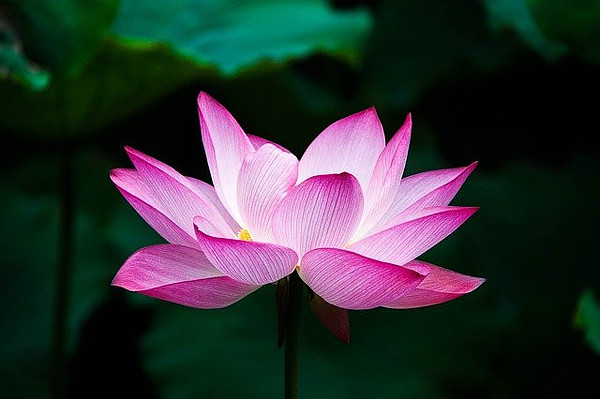
It’s probably worth sketching out your design on paper first, as a plan view from above. This will help you to visualise how to fill the chosen space by dividing it up into blocks or shapes. Is there a particular spot from where you’ll generally be viewing your flower garden? Perhaps consider how everything will look from different vantage points. Don’t forget to check how tall each type of flower will grow – the group photo principal might apply best here, with the tallest arranged at the back and the shortest towards the front.
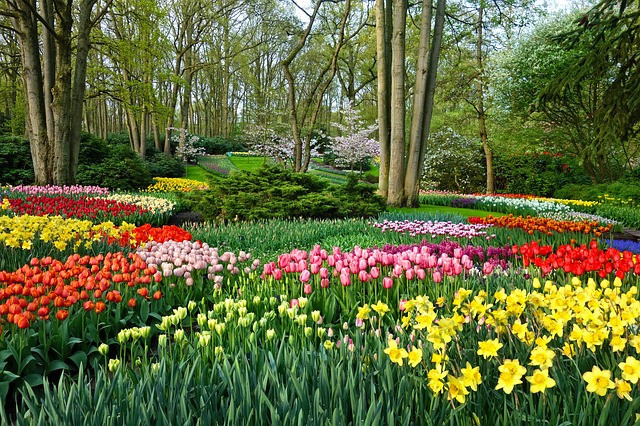
Other Qualities
Besides transforming the look of your outdoor space, you might also have other reasons for selecting certain flowers. Here’s some other characteristics to look out for…
Fragrance – some flowers will produce a beautiful fragrance which can enhance the sensory experience and even help to evoke memories of a fond time or places.
Wildlife – many flowers will atttract new wildlife to your garden, such as bees, and other beneficial insects.
Cut Flowers – you might like to bring some of the fun indoors and grow flowers that lend themsleves well to cutting. Fresh cut flowers can brighten up your home and also make special gifts for friends and family.
Edible flowers – while some flowers are toxic and appropriate care should be taken, it is worth considering that some can be eaten or even used as a garnish in your cooking.
Lavender will attract bees to your garden and offer an exquisite summer fragrance
Bonus Tips
- Don’t forget to include access paths in your design to allow for watering / weeding / reseeding etc…
- Plant flowers close together for longer stems and less chance of weeds emerging.
- Think about what flowers will suit your space – is it big or small. Light or dark? Will you go there to relax and unwind or entertain guests?
- Check packaging for best practices with different seeds and plants. Some blooms can be improved and prolonged by feeding, pruning, deadheading etc…
Final Thoughts
Designing a flower garden can be a fun and rewarding project and a great chance to put your creative flair to the test. Flowers can completely transform the feel of your outdoor space and if you plan things carefully, you could be enjoying different colours and fragrances throughout the seasons. Remember to enjoy the process as much as the results and don’t worry if things don’t always go to plan – you can always change things up as you go.
I’d love to see what you come up with, so feel free to add your thoughts and experiences in the comments below.

